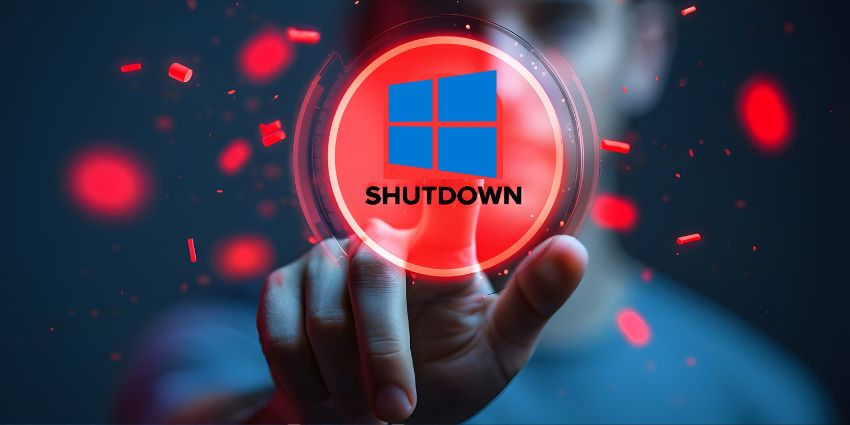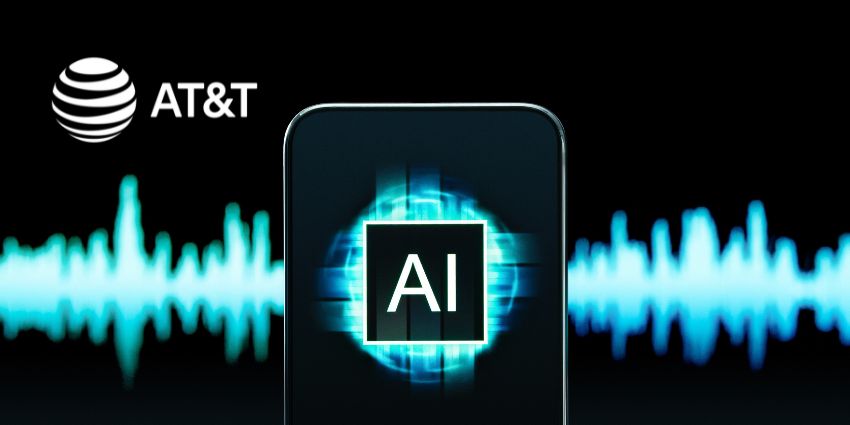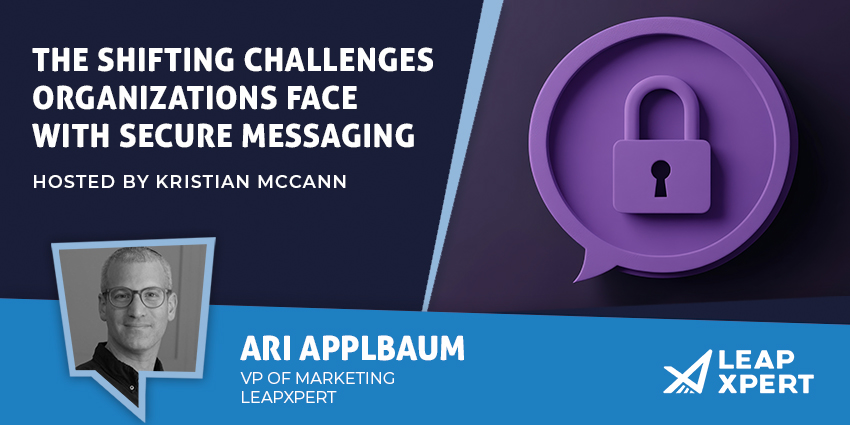When it comes to buying a new contact centre – or new contact centre software – in 2019, it’s easy to talk about Contact Centre as-a-Service (CCaaS). Synonymous with CCaaS is omni-channel, chatbots, artificial intelligence, advanced reporting and analytics. The list goes on.
It seems easy to suggest that CCaaS is the only option viable today. A little like Cisco’s mantra of video-first, the Unified Comms and contact centre industries – in fact, technology in general, is going cloud-first.
Just like in your consumer life where Netflix, Spotify and Amazon offer subscription services via their cloud platform, your communications and contact management can be consumed on a monthly basis, scaling up and down as you wish.
Pros and cons of CCaaS
The obvious pros of contact centre revolve around functionality. It is simpler and quicker to turn on functionality you didn’t have yesterday. It is also just as easy to turn it off if you are no longer using it.
Say you decide on day one that you need to implement a social media channel into your contact centre agents. After three months, your Twitter following hasn’t grown and your Facebook page is only liked by your employees because you asked them to. This is the point where you can review whether you are getting value from your social media channels.
Some CCaaS providers wrap social media into their omni-channel license. Others include it as a separate bolt-on, realising that it may not be required every time. This applies to almost every channel in the contact centre. Not every business uses email. Not every business needs web chat embedded on their website.
When the functionality is baked into an omni-channel license, you may be overpaying for functionality that you may not use. The vast functionality available with CCaaS solution can be both a pro and a con.
Optichannel – more than CCaaS
To find a way around overproviding functionality to businesses, I reached out to Mike Wheadon, Business Development Director at Formation Tech, whose view was that there was more to come and CCaaS on its on is not the holy grail.
“CCaaS can be the holy grail for contact centres. But only if you streamline the channels to fit the customer interaction at hand. Simply adding lots of channels doesn’t automatically mean you’ll enhance the customer experience”
I’d previously discussed the idea of the optichannel contact centre with Mike. By optimising an omni-channel CCaaS play, businesses start delivering an exceptional customer experience by interacting where their customers are already trying to interact.
For example, if a customer visits your website but cannot find your phone number, proactive web chat could be one option. By popping up a web chat when a customer is trying to contact you, they save time lost searching for you. In the same vein, this could also be remedied by making your phone number more visible. No matter how advanced technology becomes, people still like to talk on the phone. The moral of the story here is “go where your customers are”. And that’s optichannel.
Have CCaaS your way
Jeremy Payne, VP of Marketing at Enghouse Interactive, provided me with an interesting take on CCaaS being the holy grail for contact centres.
“Technology and software often go through what Gartner call a hype curve and for most markets they cover they publish a Hype Curve as the market begins to mature”
“When we consider the concept of a “cloud” contact centre, it’s probably fair to say this is a market that’s had its share of hype. After all you could go way back to Y2K to find what were then called ASPs or application service providers offering solutions that today would be called Cloud.
So, the real question to consider as we cut through the hype is What is the right solution for the user and their end consumers?”
Hopefully, you’ll notice that both Formation Tech and Enghouse Interactive share the opinion that CCaaS isn’t just about product and functionality. It’s about tailoring a solution. Jeremy explained his approach further.
“It could be cloud, but cloud can mean many things to many people. Cloud could be a private cloud where the platform is run for the sole use of one organisation or a group of companies privately. It could be a managed service where a partner or Business Process Outsourcer (BPO) runs and manages the platform on the customers behalf or it could be a multitenant shared cloud platform run effectively by an application service provider who rents space on their platform to many different companies at once.
The considerations and tradeoffs are often in the well-known functionality v price debate. The ability to customise and tailor versus a good enough vanilla system. Security, integration with third party apps, telephony and systems all play a role.
This leads us to the conclusion that there really isn’t a one size fits all answer to the question of cloud contact centres, which is why Enghouse Interactive advocates a “Have it Your Way” approach. In conjunction with our partners we can offer pretty much any and every flavour of cloud required – but the big question is what is right for you?”
Is CCaaS the holy grail for contact centres?
Standalone, no. As a technology, CCaaS holds the keys to digital transformation, to a brand-new customer experience and to bringing your business into the modern technological age. But, CCaaS alone is not enough.
The theme when speaking to Formation Tech, Enghouse Interactive and pretty much any CCaaS provider is that technology is not enough. When choosing contact centre company, which is clearly a great decision, you must consider your deployment options, your channel options and most importantly, your customer.
It’s no good having multiple channels available if your customer is only using one or two. Like the Twitter and Facebook example, you could end up paying for channels that never get used. These are often the more time-consuming to implement, the most expensive to run and the most confusing to your customer.
If your customer doesn’t know how they are supposed to contact you, they might just stop altogether.






